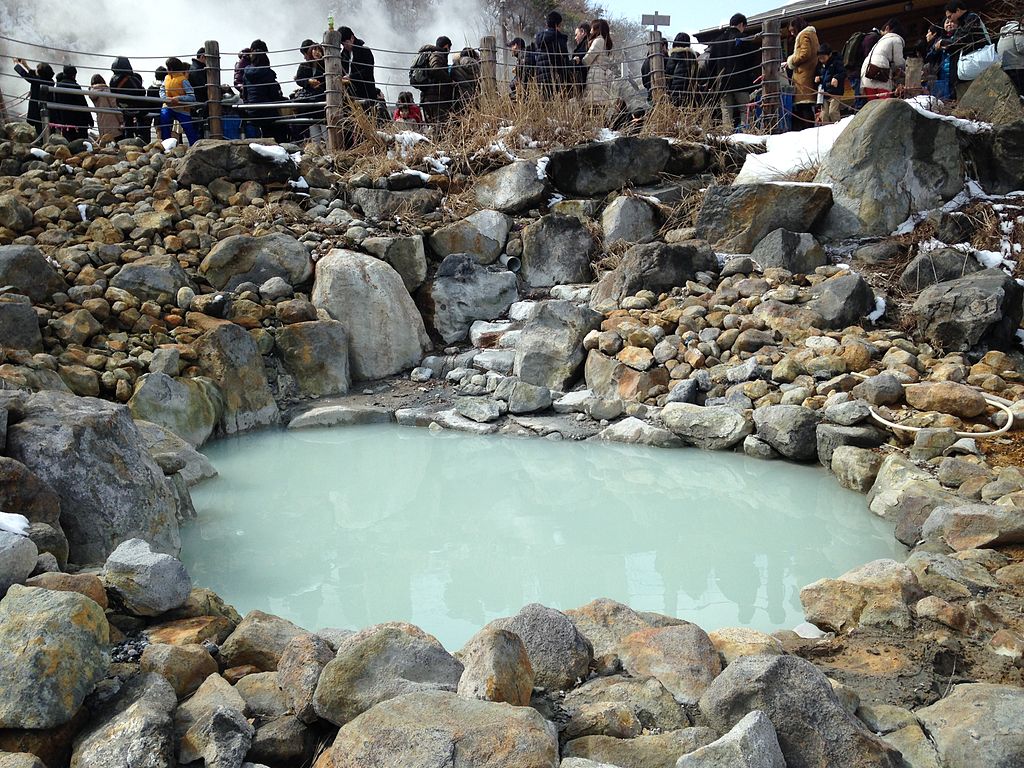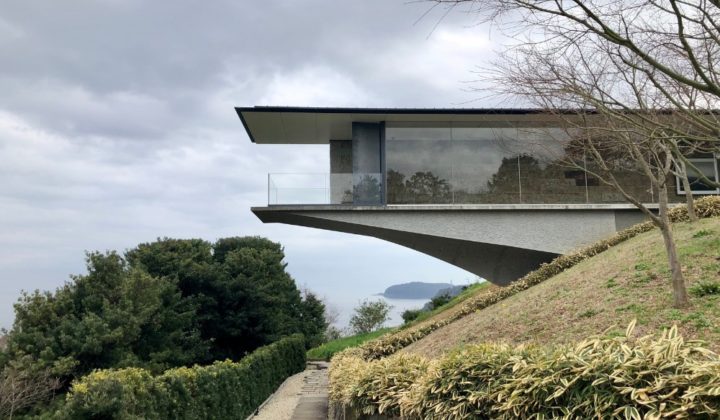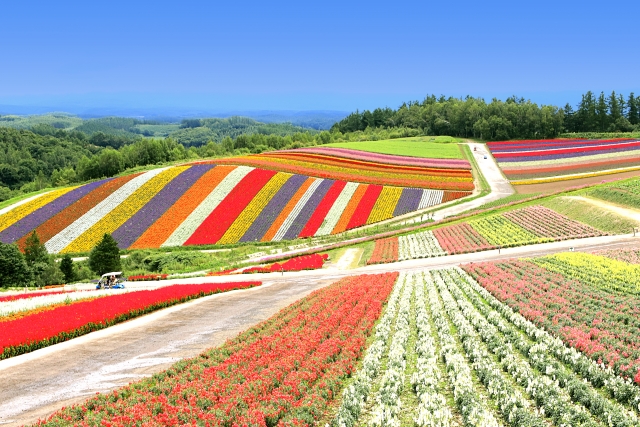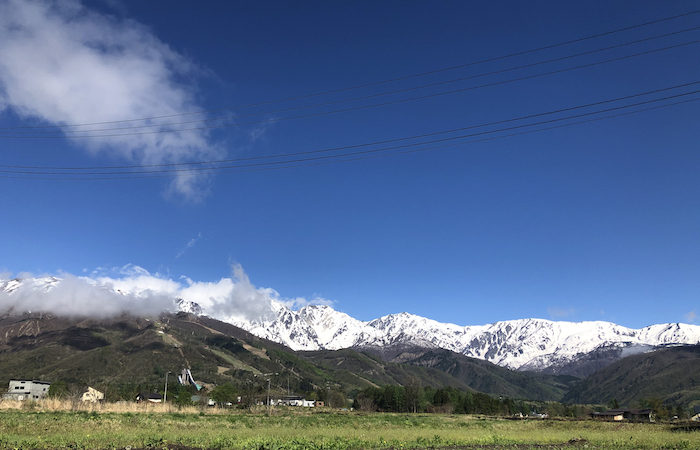Updated February 2021
Looking to get away from the City in a Day-Trip accessible from Toyko? Perhaps you are bogged down with noise pollution and you want to refresh. We’ve got five recommendations here for you. Some are really beautiful and relaxing places, all of which are within 2 hours of Tokyo by train.
What Are Our Top 5 Day-Trips From Toyko?
Check out our list below to find our favourite recommendations!
Yokohama
Yokohama is one of the largest cities in Japan and only 40 minutes from Shibuya station. You can find plenty of amazing attractions here. So many different places how could you choose? Museums, parks, shopping malls, landmarks, and Chinatown all these are options. Let’s dive into a few of our personal highlights.
Minato Mirai 21(みなとみらい21)
Minato Mirai 21 is an urban area by the sea in central Yokohama. It’s chock full with hotels, shopping malls, art museums, an thrill lands, parks and way more. Go shopping, visit museums, enjoy food or stroll around a park it’s all there. Maybe you’ll go to the Cosmo World amusement park, where you can have fun with your family or go on a romantic date.
Yokohama Cup Noodle Museum (安藤百福発明記念館 – Andō Momofuku Hatsumei Kinenkan)
This museum takes you into the world of cup noodles throughout history, in terms of how cup noodles were invented, how they are made and different brands of cup noodles all around the world. You also have a chance to experience in making your own cup noodles. It’s for all ages and very fascinating!
Entrance fee: ¥500 for adults /Free for high school students and children.
Shinyokohama Ramen Museum (新横浜ラーメン博物館 – Shin Yokohama Ramen Hakubutsukan)
Here, the museum is all about ramen, a very famous Japanese dish which originated in China. It introduces the history of ramen in Japan and shows assortments of ramen across Japan, regarding the variety of noodles, soups, and toppings. You can also try 11 different varieties of Japanese ramen from Sapporo ramen to Onomichi ramen.
Entrance fee: ¥310 for adults / ¥100 for elementary school students/ ¥100 for seniors (above 60 years old)
Yamashita Park (山下公園 – Yamashita Kouen)
Yamashita Park has a wide green space and stretches along the coastline. You can walk along the promenade and enjoy the view of the bay and ships passing by.
Yokohama Red Brick Warehouses (赤レンガ倉庫 – Aka Renga Soko)
The red brick warehouses situated in the port of Yokohama used to be custom houses. These days, it’s become a complex which comprises over 40 unique shops and event venues. Shopper will love it here as each shop has their own concept and style.
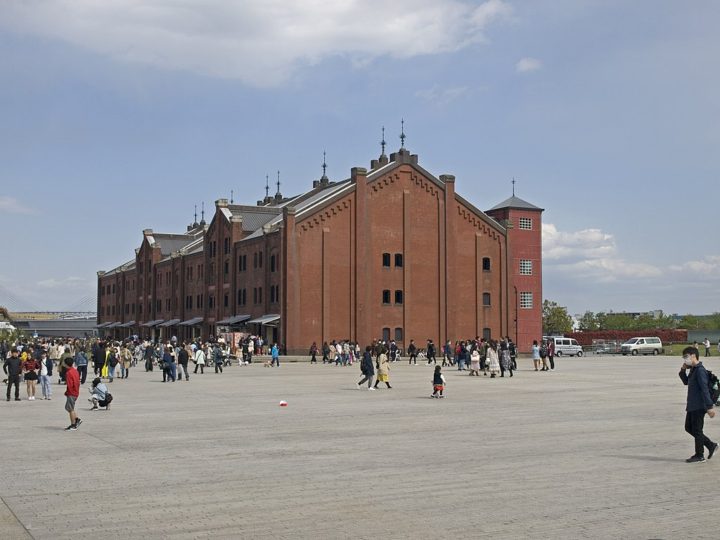
Yokohama Chinatown (横浜中華街 – Yokohama Chūkagai)
Chinatown is one of the best attractions in Yokohama. It is also the largest Chinatown in Japan. If you are a foodie, take a food tour around Chinatown and explore tasty Chinese dishes.
Koedo, Kawagoe
Taking a 30-minute train from Ikebukuro Station, you’ll travel back in time to Japan of 150 years ago. Kawagoe, located within a Tokyo suburb, is known as “Little Edo” (Koedo). The ancient town is laced through with nostalgic energy. Grab your kimono, or yukata, and head for Koedo to experience Japan how it was in the 17th and 18th centuries.
Kurazukuri (蔵造りの町並み – Kurazukuri no Machinami) – The main street of Koedo
Kurazukuri street is the most famous spot in Kawagoe. The word “kura” means “warehouse” in Japanese, and Kurazukuri are clay-walled warehouse-styled buildings that are constructed to the style of Edo architecture. Kurazukuri is about 400m long and lined by unique antique buildings that were built in the Meiji (1868-1912), Taisho (1912-1926) and Showa period (1926-1989). You can go shopping in souvenir shops or get Kawagoe’s specialties at shops along the street.
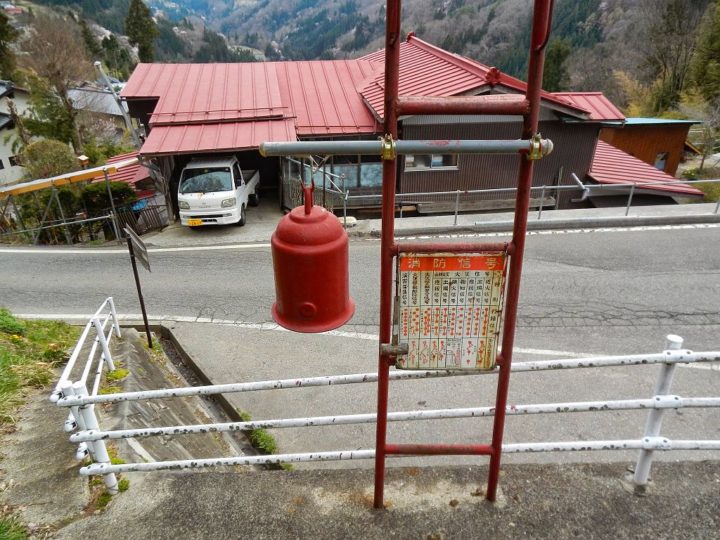
The Bell of Time (時の鐘 – Toki no Kane)
The bell tower is the symbol of Kawagoe. Built between 1624 and 1644, it was burnt down by fire a few times in the past. Currently, you’re looking at the 4th generation Bell of Time. Adjacent to the tower is a Starbucks. Constructed in Meiji era style, it’s a unique way to drink coffee.
The Candy Penny Lane (菓子屋横丁- Kashiya Yokochou)
This is a world for sweet-toothed people. There are dozens of stores selling Japanese old-fashioned sweets and snacks. Kawagoe is famous for its sweet potatoes, so you can easily find sweet potato chips, sweet potato ice cream, sweet potato coffee, and even sweet potato beer.
The Kitain Temple (喜多院 )
It is a very famous temple in Kawagoe. There are 540 Rakan stone Buddha in this temple, each of them have the facial expressions of joy, anger, sadness, or excitement.
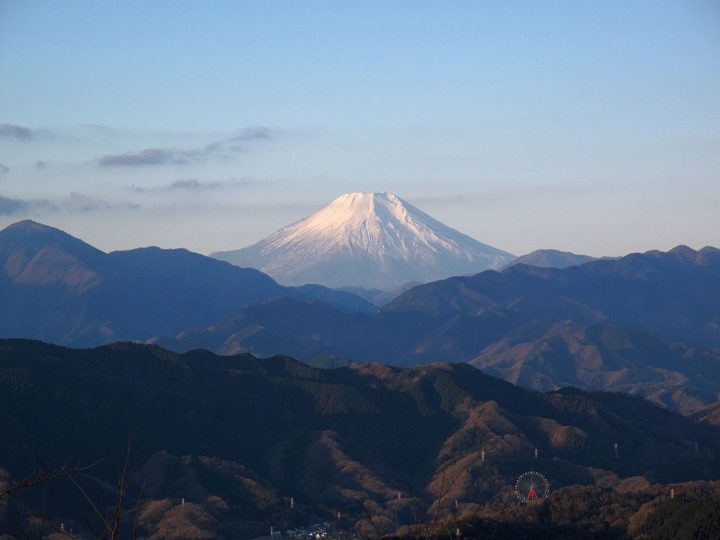
Mount Takao
Whether you consider yourself a hiker or not, Takao is an ideal destination to treat your lungs to some fresh air and your legs to some exercise, escaping the bustling industrial life that almost everyone in Tokyo must adapt to. Standing 599 meters tall, the mountain is relatively easy to hike, with six main trails and four additional ones.
- Trail 1, the Omotesando Trail, is the most popular route since it is abundant in refreshment stalls and the climb is not too steep. You will also be able to visit one of the famous shrines on the way.
- If you decide to take Kasumidai Loop (Trail 2), it will take significantly less time, as the route is only a 0.9km stroll through the forest. Watch out for the trees, however.
- Trail 3 and 4, Katsura Wood Trail and Suspension Bridge Trail are more nature-focused and relaxing, suitable for people who would like to hide under the shades on sizzling hot days.
- Up for admiring some flowers? Trail 5 is for you. Peak Loop Trail is an easy route which allows hikers to take it slowly and whip out their camera for an album dedicated to flowers.
- Adventurous hikers are recommended to try out Trail 6, Biwa Waterfall Trail. This steep, rocky route will challenge your mindfulness and wake up your inner child. Recall the childhood game of dodging volcanic magma while you take short leaps on the rocks up and down the waterfall.
Once you have reached the top of Mt. Takao, there are a few activities to reward yourself after a tiring hike. Try out the famous soba or take your time admiring the view from the mountain. The ideal time to hike would be when it is clear, so visitors of Takao-san could enjoy the scenery to its fullest.
Nikko
Nikko is a perfect day trip to get closer to nature, located around 2 hours away from Tokyo. It is a small town in the northwestern part of Tochigi prefecture, with a deeply cultural and religious history and recognized as a UNESCO World Heritage Site. It is also home to many great hiking trails and natural wonders. With natural sceneries, Nikko is gorgeous all year around and it is especially worth visiting during fall when the fall foliage is at its best. There are numerous things to do in Nikko, hence I have chosen only four ideas which are from my experiences to suggest you.
Shinkyo(神橋) – The Sacred Bridge
Shinkyo is known as one of the finest three bridges in Japan. In addition, Shinkyo was recognized as World Heritage in December 1999. This bridge is considered as the main entrance to Nikko’s temples and shrines complex, the perfect place from which you start your journey. It is also a part of the Futarasan Shrine. A legend says that when Saint Shodo arrived here, the water flow was so strong he could not cross the river. A god helped him by sending two snakes that turned into a bridge. Since then, it is respected as a sacred bridge.
Shrines and Temples
Along with natural surroundings, the shrines and temples of Nikko have existed throughout Japanese history, especially related to the Tokugawa period. The complex of shrines and temples consists of many architectural and decorative masterpieces within two Shinto shrines (The Toshogu and The Futarasan shrine) and one Buddhist temple (The Rinnoji temple).
Kegon Waterfall
Among waterfalls in Nikko, Kegon Falls is the most prominent and magnificent–ranked within the top 3 most beautiful falls nationwide. Located at Lake Chuzenji in Nikko National Park, you can take a bus along the the Irohazaka Winding Road to get to the waterfall. Taking this route, you can also enjoy the sights of the fall in combination with Lake Chuzenji. Kegon Waterfall has different charms at different times of the year. No matter when you visit, the marvelous waterfall will astonish with its beauty.
Tobu World Square
This is a must-visit place in Nikko. Tobu World Square is a theme park where the famous buildings in the world were rebuilt in 1:25 scale. It comprises 6 areas with 102 buildings from 21 countries, including 45 World Heritage sites.
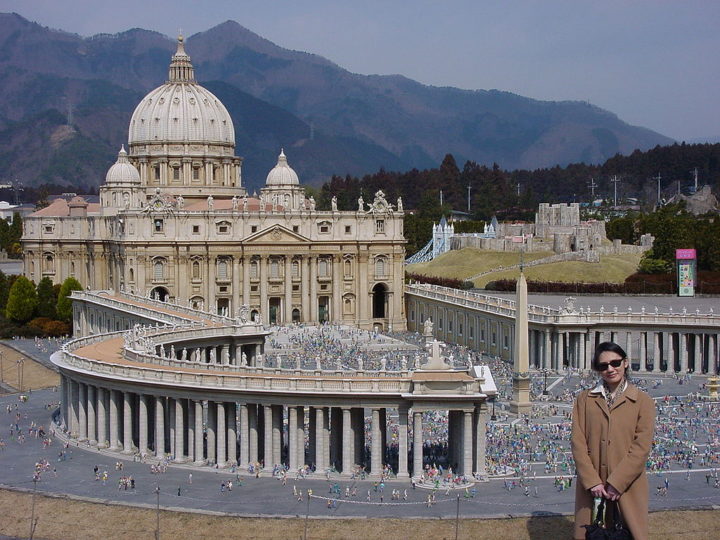
Hakone
The hot springs, art museums, natural landscapes are what you can enjoy during a trip to Hakone. Hakone is a blend of Japanese traditional and modern features.
The Hakone Open Air Museum
Hakone Open Air Museum is Japan’s first open-air museum in Japan, opened in 1969. Here, you can enjoy artworks by Picasso, Henry Moore, Taro Okamoto, Yasuo Mizui, Churyo Sato, and many others, featuring over a thousand sculptures and works of art. There are 120 sculptural works displayed outdoors, so you can experience them in the open air.
Hakone Onsen
Don’t miss out one Hakone’s hot springs (onsen). The area is surrounded by lush greenery making it popular of onsen. You can find over a hundred of hotels, ryokans (traditional Japanese inns) and luxurious onsen.
*Popular hot springs in Hakone:
- Tenzan (天山)
Entrance fee: 1300 yen for adults/ 650 yen for children
- Hakone Yuryo(箱根湯寮)
Entrance fee for communal baths: 1400 yen for adults/ 750 yen for children
Entrance fee for private baths: 4000-6000 per bath
Owakudani – “Great Boiling Valley”
A visit to Owakudani is highly recommended on any Hakone tour. In addition, “Black egg” is a signature dish here that you must try; its shell turns black because of the reaction with sulphur in the water. Eating the egg is believed to add 7 years to your life!
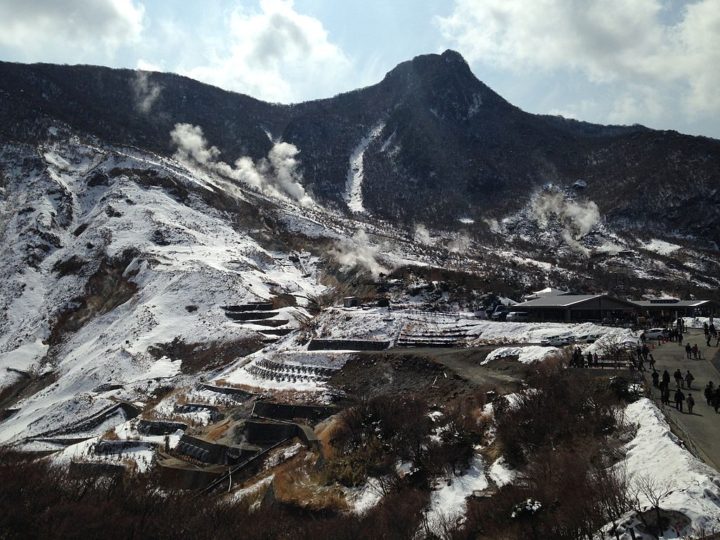
Hakone Shrine
Here, you can have a breathtaking view of the grand tori gate in the water of Lake Ashi. This gate is the highlight of Hakone Shrine. In Japanese culture, it is believed as a symbol that marks the transition from the mundane to the sacred.
Have You Planned Your Next Day-Trip From Tokyo?
Which place do you want to go to? Tell us in the comments below!
Let’s go and have a wonderful weekend!

